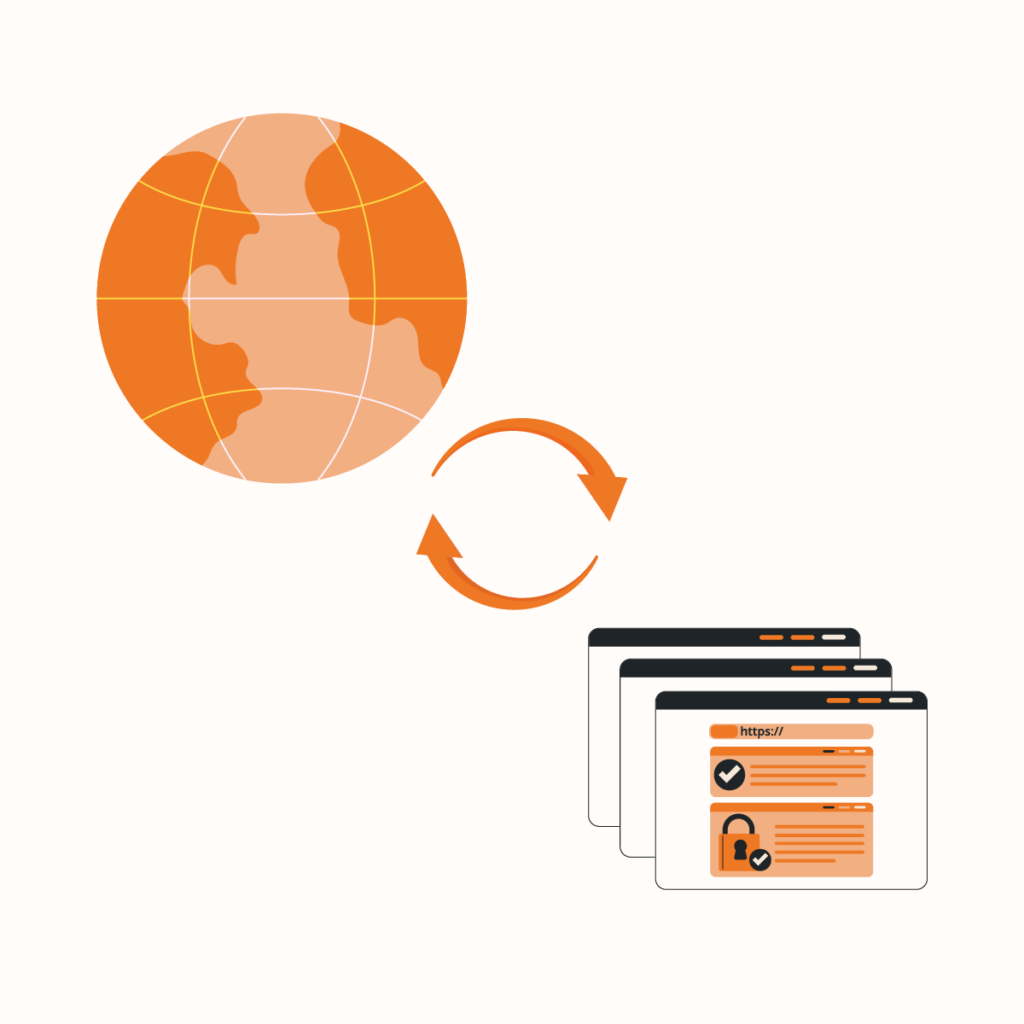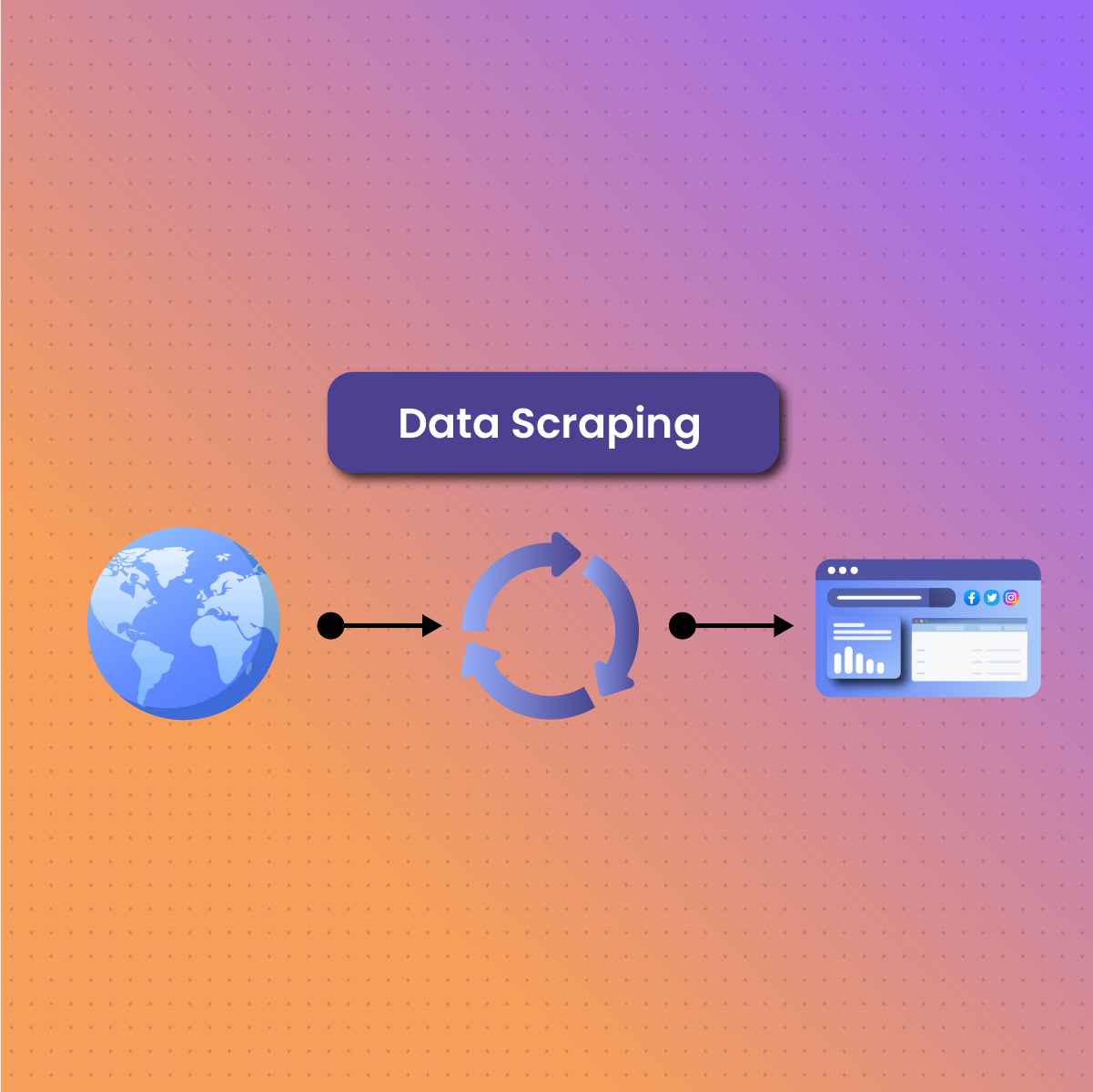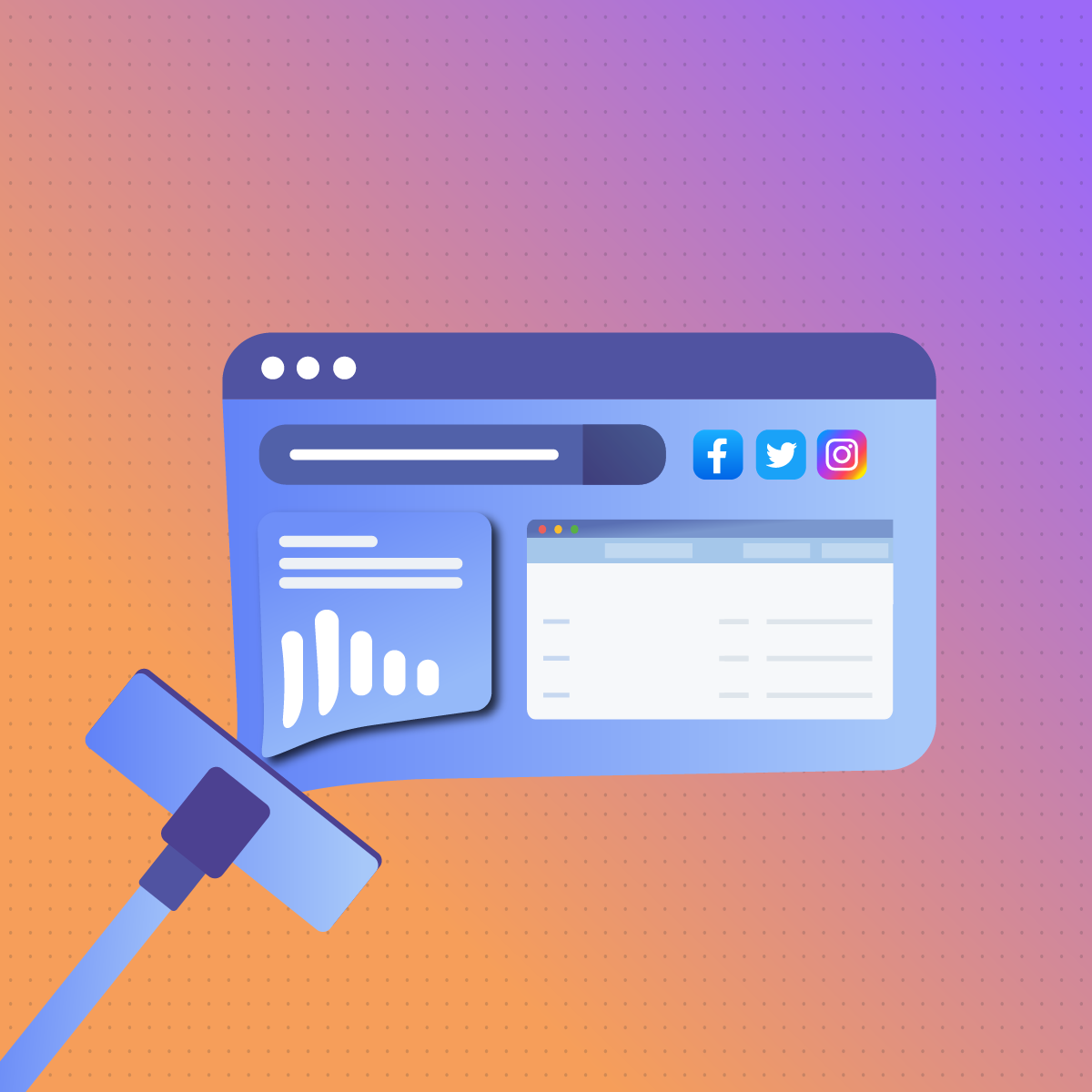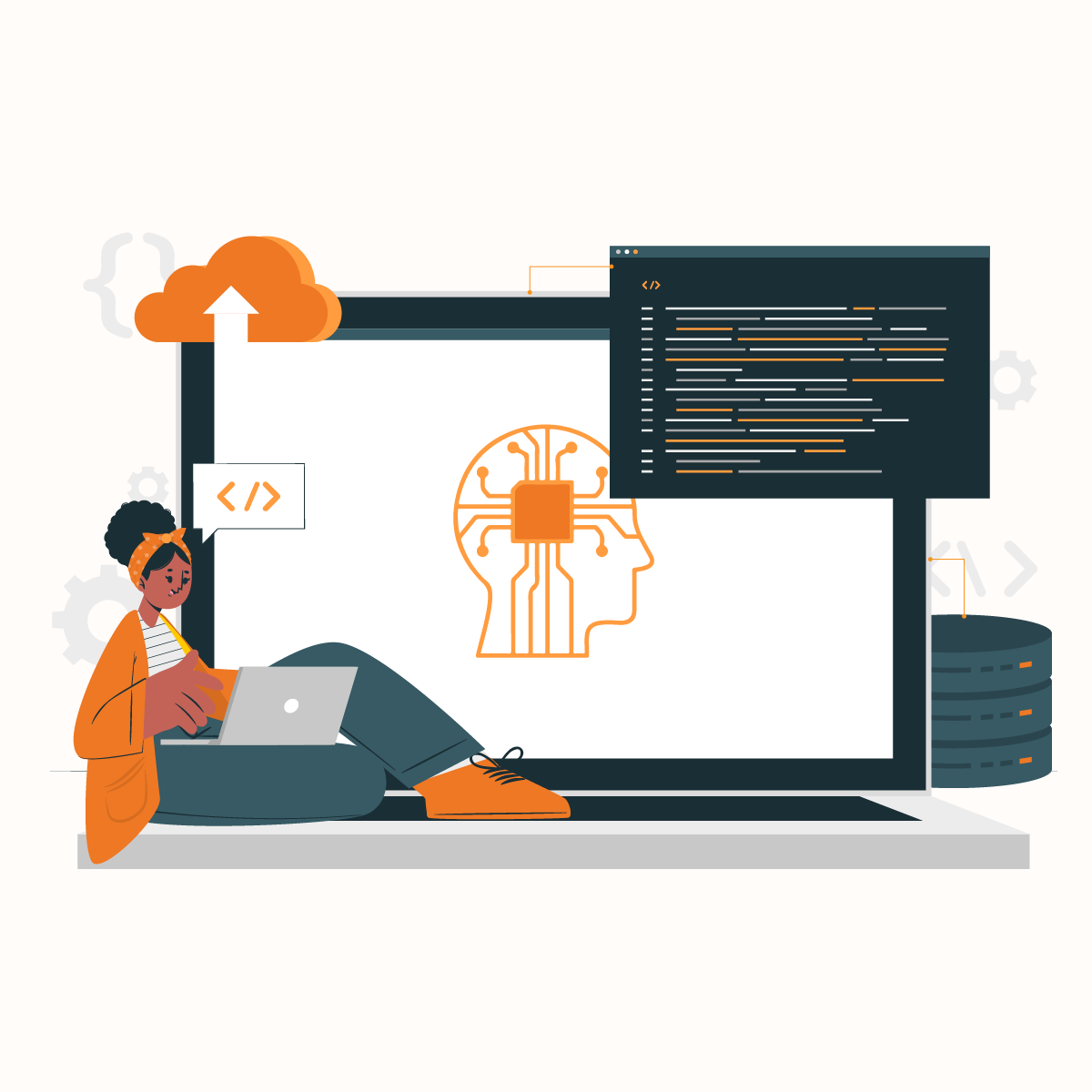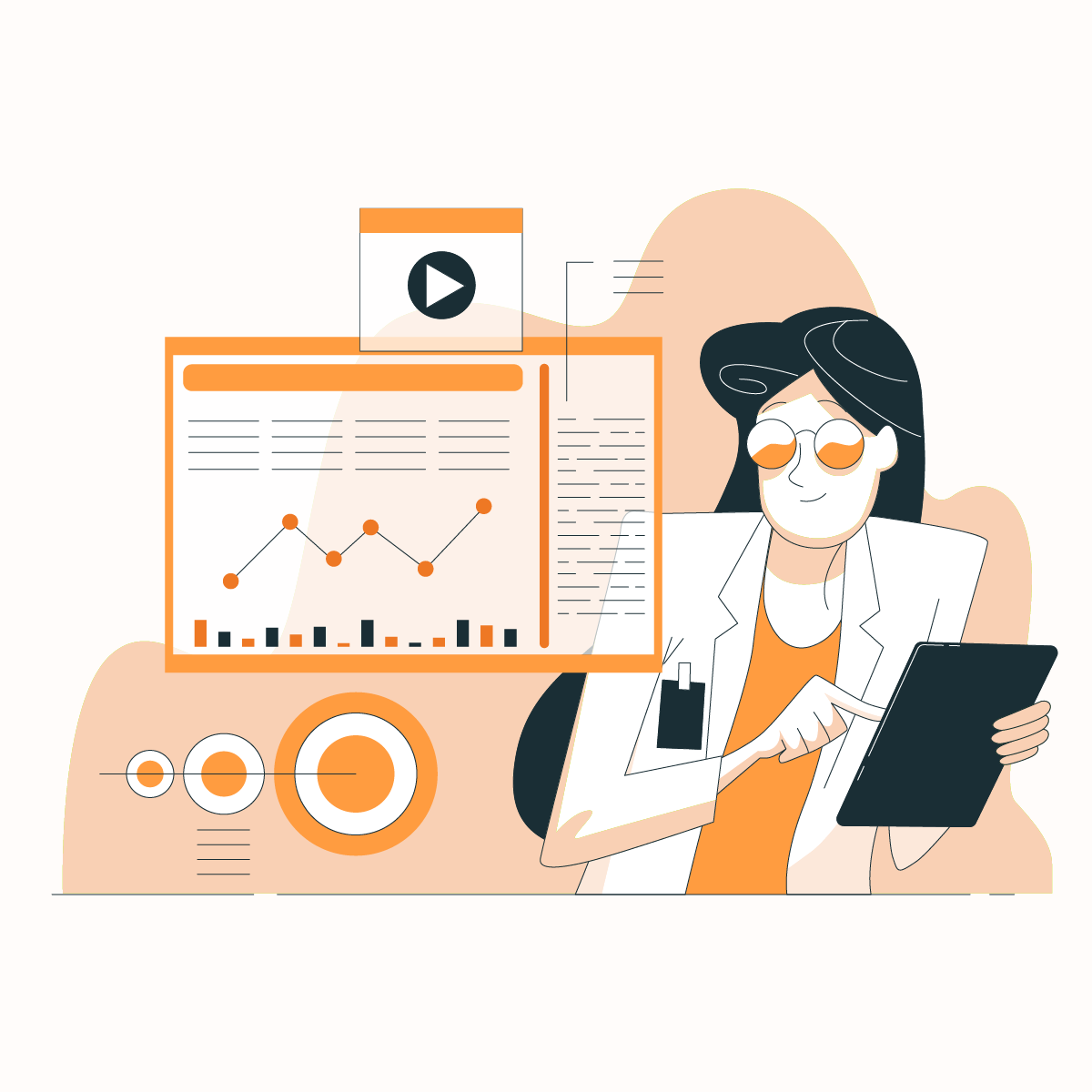In this day and age, data is the lifeblood of almost all organizations. Current estimates tell us that about 328.77 million terabytes of data are created on a daily basis. If harnessed right, this large amount of data can assist businesses in making better-informed decisions and driving their overall performance.
Data scraping has emerged as a powerful technique, enabling companies to fetch relevant data from varying sources and unlock its potential to improve operations, forecast trends, discover opportunities, and maintain competition.
This post will provide a comprehensive introduction to data scraping, in addition to how it works and why using proxies on top of data extraction best practices is favorable for businesses.
Understanding Data Scraping
Data scraping, or data extraction is a technique that enables the retrieval of vast amounts of data from websites, databases, and other digital sources. Various industries, like E-Commerce, healthcare, travel and hospitality, real estate, and finance, leverage data scraping to access, store, and analyze data for making intelligent business choices and gaining a competitive advantage.
Types of Data Scraping
Data scraping techniques are divided into two primary types: web scraping and screen scraping.
Web Scraping
Web scraping is a common type of data scraping used to collect data from websites via HTML, CSS, and JavaScript source code and store it for further analysis. This technique has been around since the 2000s and has also led to the development of search engines like Google, Yahoo, and Bing.
In general, web scraping consists of two elements, namely scrapers and crawlers. A scraper is a scraping software used to retrieve data from websites or systems, whereas a crawler is a bot that looks for specific data.
Scraping web data aids businesses in market and competitor research, lead generation, price intelligence, news and content marketing, and brand monitoring.
Screen Scraping
Screen scraping differs from web scraping in a manner that it collects data by analyzing the interfaces from the screen instead of downloading and parsing web sources. Basically, it scrapes photos, text, or other visual elements for data formation.
This technique is a common choice for companies needing to store crucial data for long periods. It is highly suitable for application-dependent research and analytics, as well as gathering data from outdated systems without built-in APIs (Application Programming Interfaces).
How Does Data Scraping Work
Data scraping can be performed in multiple ways, mainly divided into two categories: manual and automated scraping. Manual scraping, which refers to the manual process of copying and pasting data, works when a certain type of data is to be collected and stored.
In contrast, automated scraping functions by using specialized software or algorithms for navigating several websites and gathering data. These tools typically follow a three-step procedure to perform data scraping:
- Request – A scraper sends an HTTP request to the target website or application to access and retrieve its content.
- Parse – A parser parses the content to extract elements like text, photos, URLs, and more.
- Display – The retrieved data is then transformed into a preferred structured format, like JSON or CSV, for further analysis.
Data Scraping and Proxy Servers
Sending requests from a single IP address in quick succession ordinarily appears to the webmaster as an attack on a website. So, websites implement anti-scraping mechanisms to restrict or block such IP addresses. To avoid IP bans and CAPTCHAs, many businesses use VPNs and proxy servers alternately for scraping data without getting blacklisted by the targeted website.
VPNs vs. Proxies
A VPN (Virtual Private Network) is a service that establishes an encrypted connection between a user’s device and the Internet. Some best VPNs add an additional layer of security and anonymity by concealing the user’s IP to prevent bans. While a VPN offers a more secure connection, it is usually slower and costlier than a proxy server, making the latter a better choice for data extraction.
A proxy, on the other hand, is a server application acting as an intermediary between a client and a server. When it comes to data scraping, proxy servers work wonders as they can mask the source machine’s IP address, making it almost impossible to get banned while accessing and crawling online sources.
Types of Proxies for Data Scraping
For data scraping, businesses use different types of proxies, such as:
- Datacenter Proxies – A datacenter (DC) proxy server is a gateway between the device and the website getting visited. These proxies assign users IP addresses from datacenter proxy pools and are further divided into two categories: shared and dedicated datacenter proxies. While a shared proxy provides an IP used by multiple users at the same instant, the dedicated one assigns an address from the target location to be used only by one user. Datacenter proxies are scalable and cost-effective but easily detectable and prone to IP blocks.
- Residential Proxies – A residential proxy route its traffic through IPs that are registered under a residential ISP providing services to consumers. There are two types of residential proxies: static and rotating. The former type assigns a static residential IP to a user that remains unique for a long time, whereas the latter assigns a new address from the proxy pool for each connection. Though they are highly difficult to detect, residential proxies are slower in speed than other types and have limited availability.
- Mobile Proxies – These proxies are secure gateways that connect users to the Internet through an IP linked to a mobile device. Mobile proxy servers enable different connections from different regions in a short period but can get difficult to manage and cost a lot.
Summary
In all, data scraping has become an integral part of most businesses operating in different industries, and the collection can be amplified with the judicious use of proxies. A proxy server can be your best bet for fast and efficient data collection essential to generate meaningful insights and make wiser business decisions. So, consider choosing one suiting your project needs and take your business to the next level.
